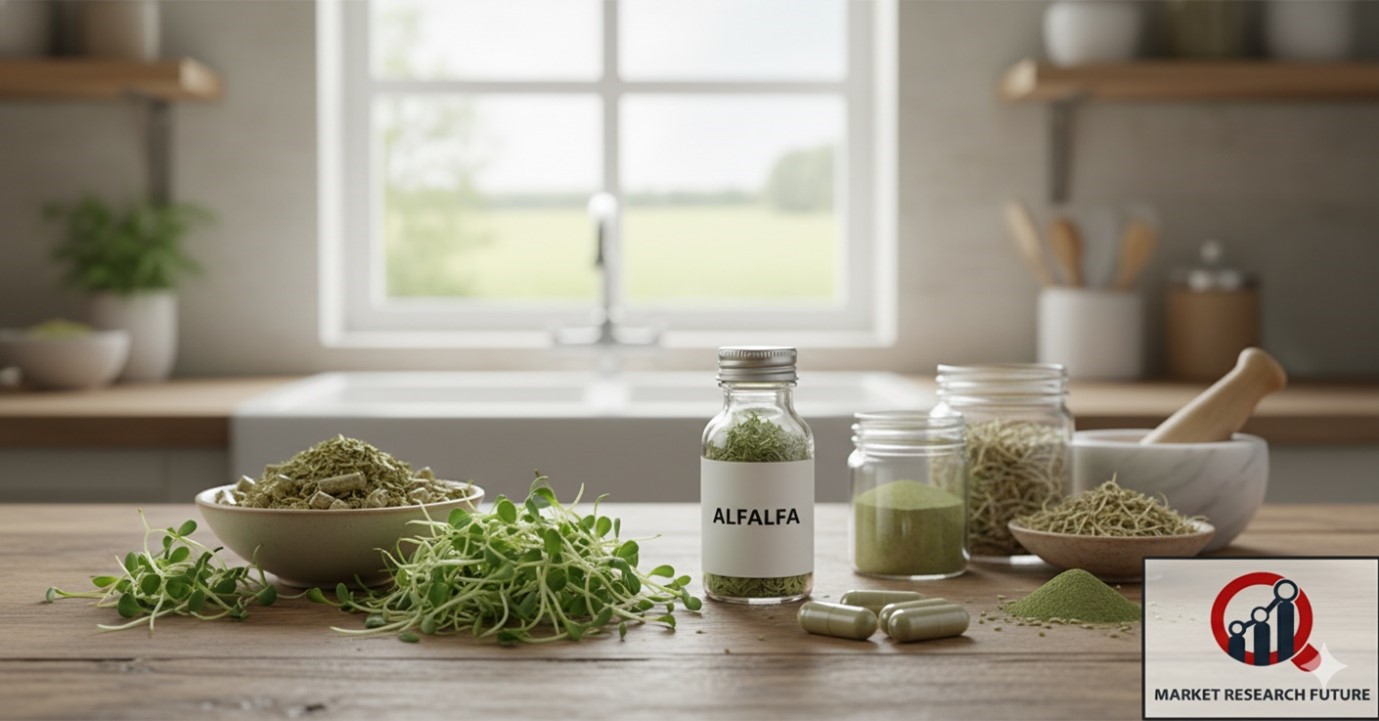What's Holding Back and Supporting the Alfalfa Market?
Alfalfa Market Insights: What’s Driving Growth and What’s Holding It Back

Alfalfa is often called the “queen of forage crops” and is referred to as "strategic" as well as "important" to global agriculture. This herbaceous perennial is grown for animal feed, as a cover crop, and a rotational crop to improve soil fertility. For organic farms, which do not use synthetic fertilizers, alfalfa is especially useful for its ability to fix nitrogen from the air, making it a "must-have" crop.
Current Uses of Alfalfa
In the United States, alfalfa used to be a billion-dollar industry prior to 1959, with about 75 million tons of the crop being produced. However, crop diseases such as alfalfa mosaic and purple rust caused a severe decline in production. Currently, the worth of the alfalfa market is about 3 billion dollars, with the livestock market being the primary driver. The crop is valuable to the livestock industry as it is possible to produce 22.5 pounds of milk or 16 pounds of meat from 1 ton of alfalfa.
Alfalfa Uses and Benefits
Alfalfa is flexible in its use as it can be forage, hay, silage, seed, and green manure. About 75% of the world's production is used to feed livestock, especially for milk and poultry. Alfalfa's cultivation aids in sustainable agriculture by improving soil nutrient density, reducing pest pressures, and improving crop rotation efficiency.
Alfalfa loves temperate climates, and while it can handle cold winters, it does need a break from the heat. Mowing, swathing, and scything each have different purposes and can be performed at different growth stages of the plant. It grows perennial and annual varieties, providing for different farming needs, from pasture grazing to hay production.
Alfalfa Market Challenges
Alfalfa does have a few benefits, but it still comes with challenges. Limited yield can be caused by extreme weather events, well-drained and nutrient-rich soil and also by the outbreak of crop diseases. Furthermore, the alfalfa market is difficult to stabilize when there is competition with other forage crops and when the demand from the livestock sector is variable.
Market Growth Opportunities
Innovations in harvesting techniques and practices in sustainable farming have opened new opportunities to capitalize and achieve the necessary growth. The global livestock population is on the rise, and with it comes the demand for alfalfa to be a nutritious, nitrogen-fixing crop to help. All in all, alfalfa continues to be the staple of livestock nutrition and supports sustainable agriculture. It is true, there are challenges from diseases to climate impact, but it does keep the market growing and for good reasons.

Leave a Comment